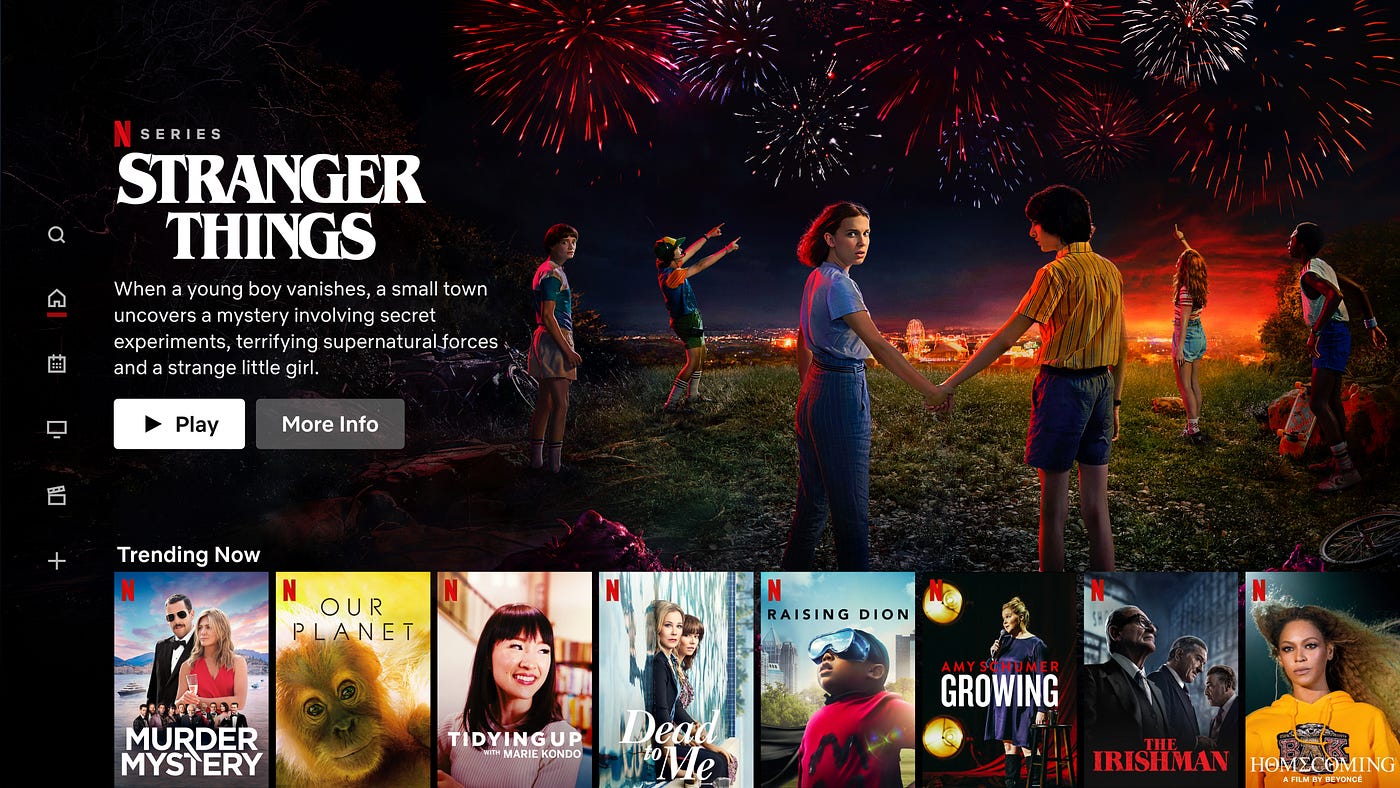Human Biases Reflected As Computer Biases
Bias: prejudice in favor of or against a thing, person, or group
What is “computer bias”?
The existence of prejudiced outcomes in the decisions or predictions made by computer systems/algorithms. Bias can be implemented into algorithms because of human biases being intentionally inserted or because of the data utilized being biased.
Explicit Data: Information directly provided by user.
Implicit Data: Infomration that can inferred from explicit data.
Based on either explicit/implicit data that has been used to train an algorithm, whether intentionally introduced or during the process of training data generation, bias can be created.

A notable example of this is seen in Netflix, where there are is a human factor that drives bias: Netflix exclusives are placed ahead (a show that is a Netflix exclusive means that users will be more likely to stay with Netflix). The bias in this case is Netflix’s prioritzation towards Netflix-produced shows.

Hack 1:
What is another example of a human bias being implemented into an algorithm?
Answer: The App store shows you apps similar to ones that you’ve previously downloaded.
Reducing Bias
Programmers should take action to reduce bias in algorithms used for computing innovations as a way of combating existing human biases. Softwares need to be unbiased, consider all everything, and reject human bias.
Things to consider when developing programs:
- What are potential sources of bias?
- Is your program enhancing or intentionally excluding?
- Are you receiving feedback from a widespread group of people?
- How could people who differ from you use your developments?
Hack 2:
What is another way a programmer can reduce bias in their softwares?
Answer: Ensuring that their software encompasses a wide range of demographic, using random samples, etc
Types of Bias in Software Development
Biases can be embedded at all levels of software development.
It can be intentional or unintentional. Some software development are made for a certain market and ensure that people of certain places or demographics can use them easily. However, this doesn’t mean that they are trying to exclude.
Examples:
Intentional:
- Games could be geared towards a certain age range (Talking Tom vs Valorant)
- Game concepts
- Music
- Visuals


- WeChat and KakaoTalk
- Almost everyone in China uses WeChat
- KakaoTalk is the Korean version
Unintentional:
- Social media, Facebook vs. instagram
Hack 3:
What are some other examples of intentional and/or unintentional bias in innovations (games, social media, technology, etc.)?
Answer: OG fortnite is biased to a slightly older audience, as the appeal is to players who played the game when it first came out
Homework
Question 1:
Define “computer bias” in your own words and explain how it can result from intentional or unintentional factors in software development. Give a brief example of this. Explain how programmers can actively work to reduce bias in their algorithms?
Answer: Computer bias is when a program acts differently or is centered around different audiences because of the info it gets from people or because of how it’s coded. Intentional factors for computer bias can be like when programs generate specific content for a user based on whether or not they pay, such as in youtube plus or spotify premium. Unintentional bias can pop up in things like facial recognition, where the system might be better at recognizing certain skin tones than others. To make things more fair, programmers can make their systems better by using a mix of data that includes people from all backgrounds and demographics.
Question 2:
Briefly describe the two types of bias in software development and provide examples from the gaming industry and social media platforms. How might biases in software design affect user engagement and experiences?
Answer: The two types of bias in software development are intentional and unintentional bias. Intentional bias in video games might involve setting age requirements to target a specific audience, like having age restrictions in first-person shooters to keep younger kids from playing. An example of unintentional bias is seen in content algorithms on social media platforms to attract more user engagement, not really preferring a type of audience over the other. Biases can lead a program to perform in unintended ways, causing inconvenience and disinterest or the opposite depending on the users or.